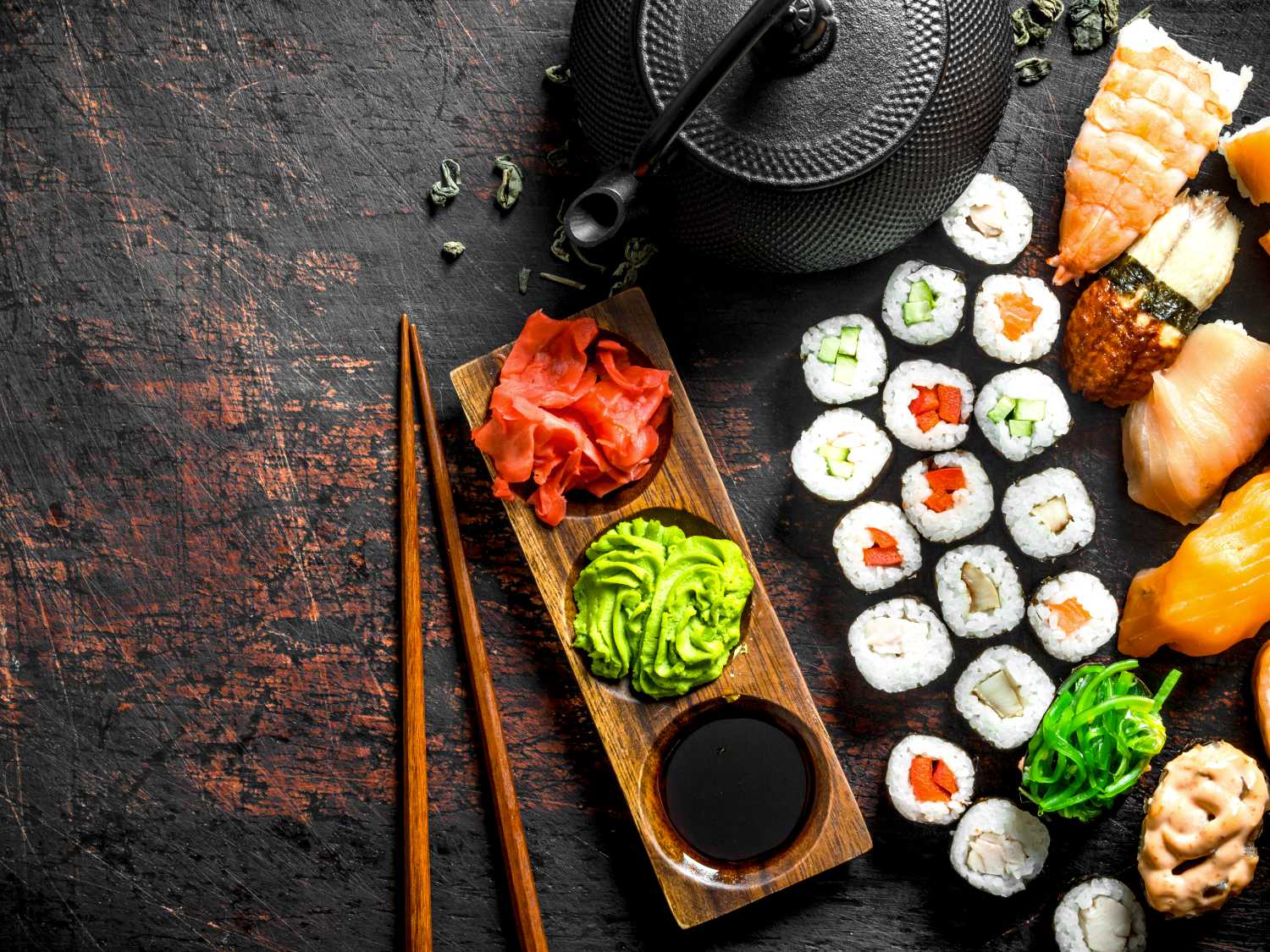Your basket is empty
Already have an account? Log in to check out faster.
Already have an account? Log in to check out faster.

Pairing food and tea is still a novelty, although in some of the most renowned starred restaurants, it is increasingly common to find a tea menu alongside the wine list, or the presence of a Tea Sommelier who explains the characteristics of different tea varieties and recommends the best pairing.
Before discussing pairings, it is necessary to provide some information on the different tea varieties, which are divided into black, white, green, and oolong teas.
All these tea varieties come from the same plant, Camellia sinensis. It is the cultivation method and the different processing of the leaves after harvesting that diversify the taste and flavor of the various types of tea.
Green teas, like white teas, pair well with light and delicate dishes such as fish, fresh cheeses, and fruit-based desserts.
Black teas, on the other hand, pair with strong, smoky flavors and can accompany robust dishes like winter meals, legume soups, and various types of aged cheeses.
Oolongs, which are semi-fermented teas, are a middle ground between black and green teas and can be paired with almost any dish.
Now let's take a closer look at the characteristics of green teas and the best food pairings for green tea.
Almost all tea produced in Japan is green tea.
There are many varieties of green tea grown in Japan, each with its own characteristics in processing and preparation.
This gives each variety a unique and unmistakable taste and also provides health benefits thanks to its numerous beneficial properties.
Let's look at the main Japanese green teas:
Sencha Sencha is a very popular green tea in Japan, representing almost 80% of the national tea production and is highly appreciated.
It is a green tea in leaves with a dark green and bright color and a typical needle shape.
Unlike Matcha tea, which is a powdered tea prepared by suspension, Sencha is prepared by infusion.
Its infusion remains clear, with a color ranging from golden yellow to intense green, and has a very particular, refreshing, and harmonious taste, ranging from astringent to sweet.
The steaming process, typical of Japanese teas, gives Sencha fresh, spring grass notes.
With a low caffeine content, it can be drunk frequently.
Gyokuro Gyokuro is a precious and intensely flavored Japanese green tea.
It is a green tea in leaves with a bright color and marine shades, thanks to the chlorophyll content, and its preparation is also by infusion.
Gyokuro is one of the most precious teas in the world. After infusion, it takes on a pale dew color, yellow-green, slightly cloudy, and has a strong "umami" taste and a rich aroma.
The cultivation of Gyokuro tea, as with Matcha tea, involves covering the plantations for about 20 days before harvest.
This phase is called "shading" and allows the plant to produce more chlorophyll, which gives it its characteristic intense green color and delicate, sweet, and slightly astringent flavor.
This ensures a particular and special taste with each sip and a refreshing aftertaste.
Green tea, as taught by oriental culture, lends itself to numerous food pairings.
A fundamental rule for any pairing is to seek a balance between the beverage and the food served.
Indeed, choosing a beverage with a too strong flavor or aroma could overshadow that of the dish and vice versa.
Comparing it to the world of wine, green tea corresponds to "white wine" and pairs perfectly with light and delicate dishes.
Indeed, green tea is soft on the palate and well-balanced between astringency and sweetness.
Fish and white meats cooked simply and lightly (grilled or pan-fried) pair well with most green teas.
Varieties with more pronounced vegetal notes can also accompany oysters and other raw seafood. Sencha is excellent with both raw and cooked fish, often proposed in Japanese restaurants.
With cheeses, both Sencha and Gyokuro pair well, particularly with soft or semi-hard and slightly aged cheeses, such as cow or buffalo mozzarella, tomino, robiola, or cacio ricotta.
Moreover, they are ideal paired with vegetable-based dishes and desserts, like traditional Japanese sweets, cheesecake, or milk chocolate.
Like all teas, Sencha and Gyokuro are not only suitable for pairing with food but also as ingredients in recipes, to flavor fish or vegetable broths, or to be used as a spice.
0 comments